#Citrus limon
Text

道路の反対側にある住宅の庭木に、
「レモン(檸檬)」の実がついていた。
カンキツ(柑橘)属。
学名:Citrus lemon
撮影:iPhone14 Pro Max
22 notes
·
View notes
Text
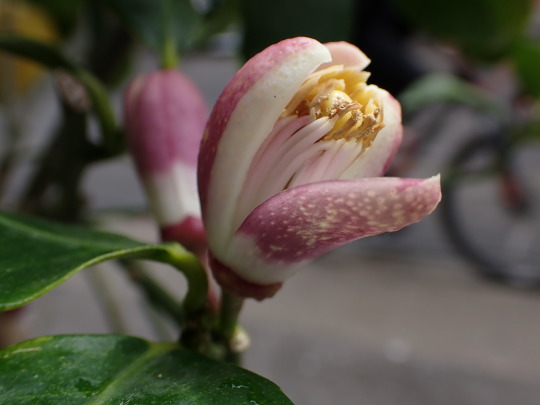
29.4.2023: Zitronenblüte
#botanik#phototagebuch#tagesphoto#photo diary#photo of the day#photojournal#photo du jour#photo des tages#vienna#wien#urban nature#29.4.2023#westbahnstraße#citrus limon
2 notes
·
View notes
Text
instagram
1 note
·
View note
Text
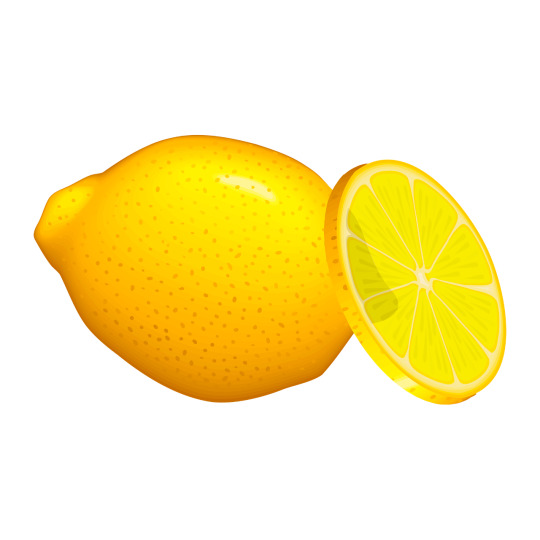
Limón
Imagen: rawpixel
0 notes
Text
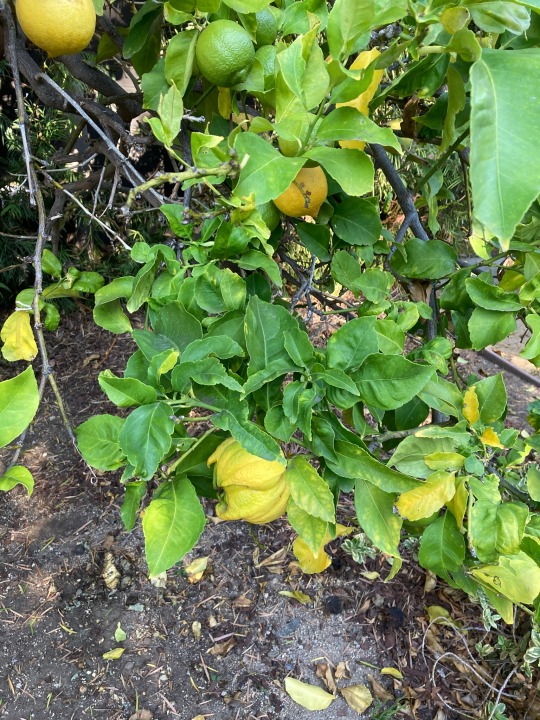

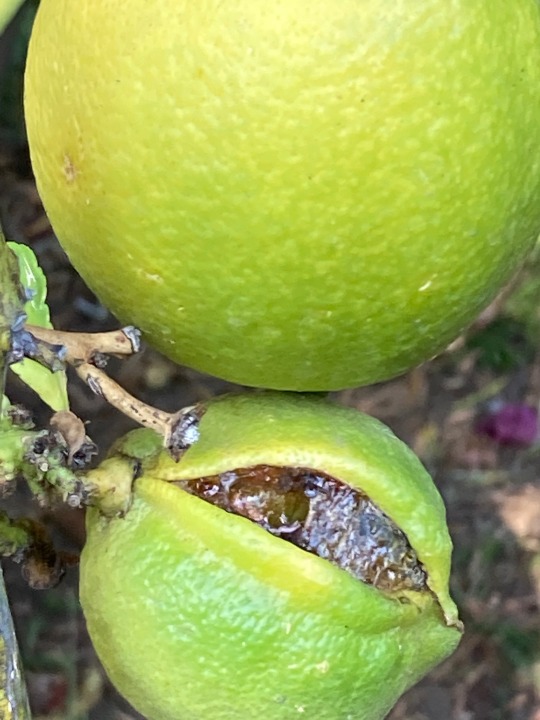
#lemon tree#fruit trees#hybrid citrus#buddha's hand#citron#citrus limon#citrus medica var. sarcodactylis#los angeles
1 note
·
View note
Text
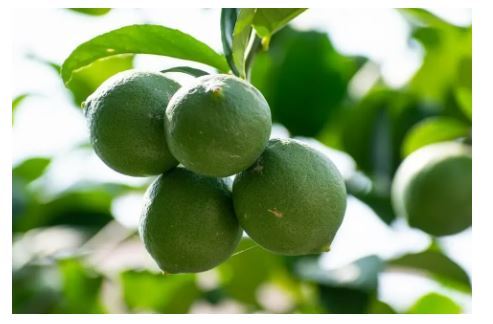
Green Lemons Not Turning Yellow (11 Amazing Tips To Ripen)
Green Lemons are a member of the green fruit family. Its scientific name is “Citrus limon” and originated from South Asia and Northeastern India. It is a round-shaped fruit that is usually bitter.Read more…
0 notes
Photo
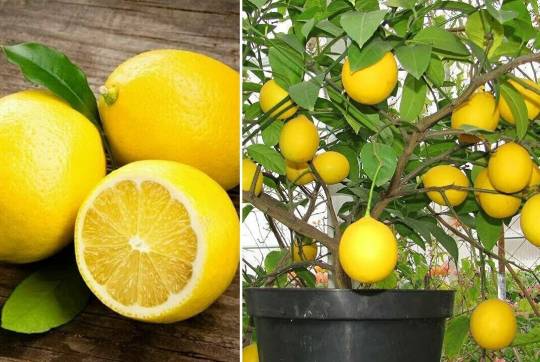
Edible Organic Lemon Fruit Seeds, Exotic Tropical Citrus Bonsai Lemon Plant Seeds, NonGMO, Heirloom Seeds, BN 5 Grow Your Own Eureka Lemon Tree From Lemon Seeds
When life gives you lemons, grow a tree! We have easy step-by-step instructions to start your own fragrant fruit-bearing tree indoors.
During the winter months, these abundant fruit trees can grow indoors and will produce beautiful blooms that will make the house fragrant.
Our naturally grown lemon seeds allow you to grow your own fruit trees, indoor or outdoor. Lemon trees are vigorous fruit producers and a single seed has the potential of yielding thousands of lemons. While these lemon trees produce fruit throughout the year, the majority of the crop is harvest-ready in the fall and winter.
Lemon trees can be grown on balconies, patios, and limited-space gardens. Enjoy the attractive trees and the scent of indoor winter blossoms if you choose to plant your citrus trees in an indoor container. Many people grow these lemon trees as ornamentals because the small trees are attractive even if they do not have fruit.
Packet contains Eureka lemons 5 seeds hand-packed with care. Packed in 3 x 4 inch sealable labeled bag
How to Grow a Lemon Tree from Seed Germinate Seeds in a Paper Towel --------------------------------------------------------------------------------- 1. Gather the seeds. ... 2. Peel off their skin (OPTIONAL) ... Peel off the white skin from the seeds (OPTIONAL) 3. Wrap the seeds in a moist paper towel & seal them in a bag 4. Place the bag in a warm, shaded spot 5. Carefully separate the seedlings from the paper towel. After 2-4 weeks or when the roots are at least 1.5-2 inches long, the seeds are ready to be planted in soil 6. Plant the lemon seeds about 1 inch deep. ...
Germinating Lemon Seeds in the Soil --------------------------------------------------------------------------------- 1. Gather the seeds Pick the biggest, healthiest-looking seeds out of a lemon and clean the pulp off, then rinse them with warm water and dry them off. 2. Peel off their skin (OPTIONAL) The seeds will germinate faster if the sprouts don’t have to break through the seed’s skin as well. Another way to speed up lemon seed germination is to soak the seeds in warm water overnight. 3. Prepare the pots and soil The ideal pot for one seed is 3-4 inches in diameter and 5-6 inches tall, while the perfect soil mix for planting lemon seeds has a pH between 5.5 and 6.5. You can use the items listed at the beginning of this article to make your own soil. 4. Plant the lemon seeds about 1 inch deep The pointy tip should be oriented downwards. Cover the seeds with soil and gently pat it down. The soil should be a bit loose to allow air and moisture circulation. 5. Seal the pot with cling wrap and poke a few small holes This will trap some much-needed moisture and warmth while also allowing the seeds and soil to breathe. 6. Remove the cling wrap when sprouts come out of the soil and place in a warm, sunny location
How To Grow A Lemon Tree From Seeds ---------------------------------- Here's how you grow your own lemon tree Firstly you'll need
An organic lemon since non-organic lemons often contain non-germinating seeds
Fertile potting soil, and natural fertilizers like compost
A seedling pot that is about 24 inches wide by 12 inches deep
A planting pot that is six inches wide and six inches deep (this comes in handy further down the track) A sunny, indoor growing location
Moisten the potting soil so that it is damp, but not soaked, all the way through.
Fill the smaller pot with soil, all the way up to an inch below the rim.
Cut open your lemon and remove a seed. Remove all of the pulp from its surface. A good way to do this is to simply suck on it until it is clean.
Do not delay to plant. The seed must still be moist when it is buried into the soil in the smaller pot. Plant the seed about half an inch deep in the middle of the pot.
Spray the soil that is directly above the seed gently with water from a spray bottle.
Cover the pot with clear plastic wrap, seal the edges with a good rubber band, and poke small holes in the top with a pencil.
Place the pot in a warm, sunny location.
Spray on more water occasionally, not allowing the soil to dry out. Do not cause water to puddle though. Just keep the soil somewhat moist.
After about two weeks, when the sprouting emerges, take the plastic covering off. If you need additional light for your lemon plant, you can use a grow light to supplement the sun's light.
Take care of the young plant by keeping the soil damp, by making sure it gets at least eight full hours of light per day, and by giving it moderate doses of organic fertilizer like compost.
Watch over your plant to ensure it is not attacked by bugs or diseases. Prune off brown, dead leaves when necessary.
When the plant outgrows its small pot, put it in the larger pot. You will go through much the same procedure when you re-plant it as when you first planted it. Younger plants need more water than older plants, but they all do need adequate water. Don't starve your poor plant after all that work of growing it! http://springsofeden.myshopify.com/products/edible-organic-lemon-fruit-seeds-exotic-tropical-citrus-bonsai-lemon-plant-seeds-nongmo-heirloom-seeds-bn-5
#Citrus limon#Eureka lemons#Exotic Citrus Bonsai#Fruit Meyer Lemon#Fruit Tree#Heirloom Organic#Indor Tree Bonsai#Lemon Bonsai#Lemon Seeds#Lemon Tree#Lemon Tree Giant#medica Ponderosa#meyer lemon seeds
1 note
·
View note
Text

Lemon Meringue Pie
#lemon meringue pie#pie#lemon#meringue#pay de limon#recipe#citrus#zest#fruit#cream cheese#condensed milk#yogaofcooking
231 notes
·
View notes
Text
Requested by @crokitheloki, here are my new plants 😊

#if anyone's wondering they are:#sansevieria Golden Hahnii (bottom)#pilea Moon Valley (right above it)#ivy Golden Child (top left)#philodendron White Knight (top center)#citrus limon Meyer (top right)#calathea Makoyana (right; or middle depending how you see it)
14 notes
·
View notes
Text
i was going to make a post something like “making out sloppy style with [scientific name for citrus family]” but then i looked it up and the genus is literally just “citrus.” post canceled
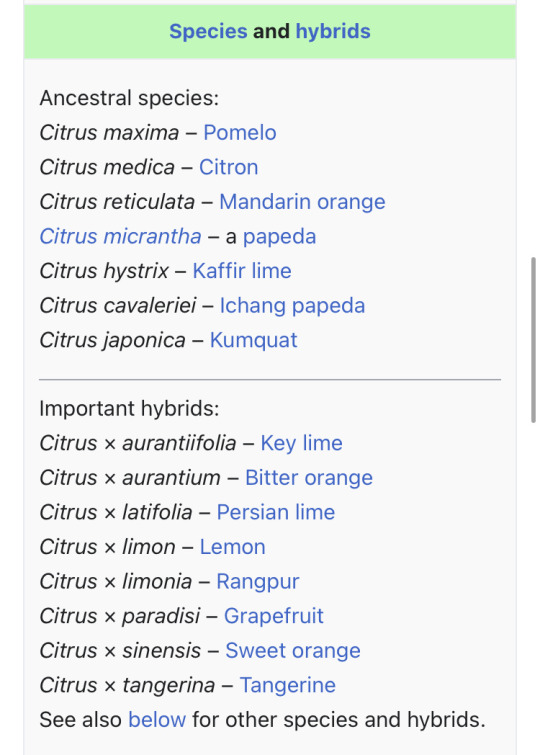
#chatpost#wait hang on i need to do a deep dive on this. what’s a papeda#citrus x limon…… collab drop of all time.#what’s the difference between a kaffir lime and a persian lime
2 notes
·
View notes
Text
Granita di limone
One cannot speak of Sicily and lemons without a mention of lemon granita, an intensely refreshing sweet-sour frozen confection of sugar mixed with water, lemon juice and rind. Sicilians' passion for granita is such that many eat granita even for breakfast, often accompanied by a soft roll called brioscia, or brioche. In a traditional cafe or bar, with or without brioche, in every season and at any time of day or night, waiters serve up elegant glass dishes with pale yellow scoops of the island's signature delight, granita di limone.

On Sicily's eastern side this passion is connected not only to the coast's prolific lemon groves but also to Europe's most active volcano, Mount Etna. Along with plumes of smoke and slow-moving lava flows, the mountain is known for its snow. Before refrigeration, snow provided an astonishing and invaluable source of cold in the relentless scorch of summer. In ancient times Greeks and Romans packed snow into caves on Etna's slopes and withdrew it as needed to chill their wine. Snow merchants profited from Etna's natural cold power into the 1940s, collecting snow from the grottos every night and hauling it in horse-drawn carts down the mountain to Catania, where it was used to preserve food and make ice cream.
The island's earliest Arab residents must certainly have employed Mount Etna's snow for their delicious slushy drink called sarbat or sharbat. A cold fruit-sugar syrup, it was consumed between courses to refresh the palate and likely evolved into the sweet ice we call sorbet or sherbet. Yet it is only legend that sorbet and gelato were born in Sicily during the Arab reign, since real ice cream was not made until the endothermic principle of putting salt on ice was introduced around 1650. Granita, however, is not a true ice cream but a kind of frozen lemonade, and its origin is probably much older, enjoyed long before ice cream was invented. Lemons and sugar, both native to India and Persia, formed a natural marriage of sweet-tart tastes, and the most natural concoction one could make was simply to combine the two.
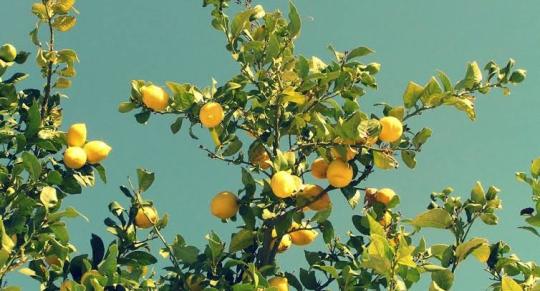
– Toby Sonneman, Book - Lemon: A Global History
#granita di limone#lemon granita#Sicily#mount etna#greeks#romans#snow merchants#Catania#Arabs#native to india and persia#toby soneman#lemon#a global history#lemon groves#books and libraries#citrus#history#history of food#spilled ink#words#spilled words#spilled pages#spilled writing#books & libraries#sharbat
2 notes
·
View notes
Text
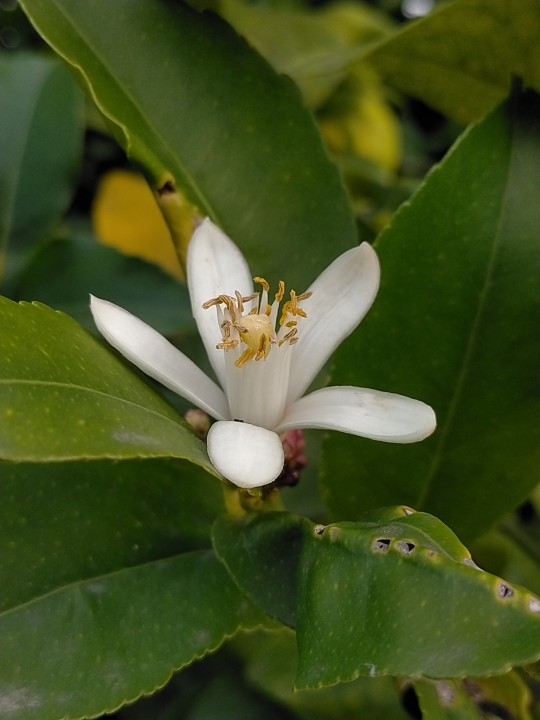
Citrus x limon
05-JUN-2023
Melbourne, Vic
#australia#victoria#melbourne#flower#lemon#white flower#fruit tree#rosids#sapindales#rutaceae#citrus#citrus x limon
3 notes
·
View notes
Video
n6_w1150 by Biodiversity Heritage Library
Via Flickr:
Fortsetzung des Allgemeinen teutschen Garten-Magazins :. Weimar :Im Verlage des Landes-Industrie-Comptoirs,1815-1824.. biodiversitylibrary.org/page/52519855
#Gardening#Germany#Horticulture#Periodicals#Harvard University Botany Libraries#bhl:page=52519855#dc:identifier=https://biodiversitylibrary.org/page/52519855#flickr#Citrus limon#lemon#citrus lemon#citrus#fruit#botanical illustration#scientific illustration#fave
1 note
·
View note
Text


#citrus brothers#limon#pomelo#character design#artists on tumblr#illustration#animation#ocs#anthro cats#cats of tumblr
3 notes
·
View notes
Text
Dr. C. Tuna Resurface Retinol Reviving Serum - Farmasi USA
https://farmasius.com/ua000007/product/detail/dr-c-tuna-resurface-retinol-reviving-serum?pid=1000279
An advanced face serum that helps to even out the skin tone while supporting a supple and plump appearance. It helps the skin to have a hydrated, smooth and radiant look.HOW TO USEShake well before use. Apply on clean face and neck at night. Follow with a moisturizer.HIGHLIGHTED…

View On WordPress
#Acrylates/C10-30 Alkyl Acrylate Crosspolymer# Acer Saccharum Extract#Butylene Glycol#Caprylic/Capric Triglyceride#Chlorella Vulgaris Extract#Citrus Aurantium Dulcis Fruit Extract#Citrus Limon Fruit Extract#Disodium EDTA#Ethylhexylglycerin.#Glycerin#Glyceryl Caprylate/Caprate#Glyceryl Stearate SE#Helianthus Annuus Seed Oil#Hexyldecanol#Hexyldecyl Laurate#Niacinamide#Phenoxyethanol#Retinol#Rosmarinus Officinalis Leaf Extract#Saccharum Officinarum Extract#Sodium Ascorbate#Sodium Polyacrylate#Squalene#Tocopherol#Tocopheryl Acetate#Triethanolamine#Vaccinium Myrtillus Fruit/Leaf Extract#Water/Aqua#Xanthan Gum
0 notes

